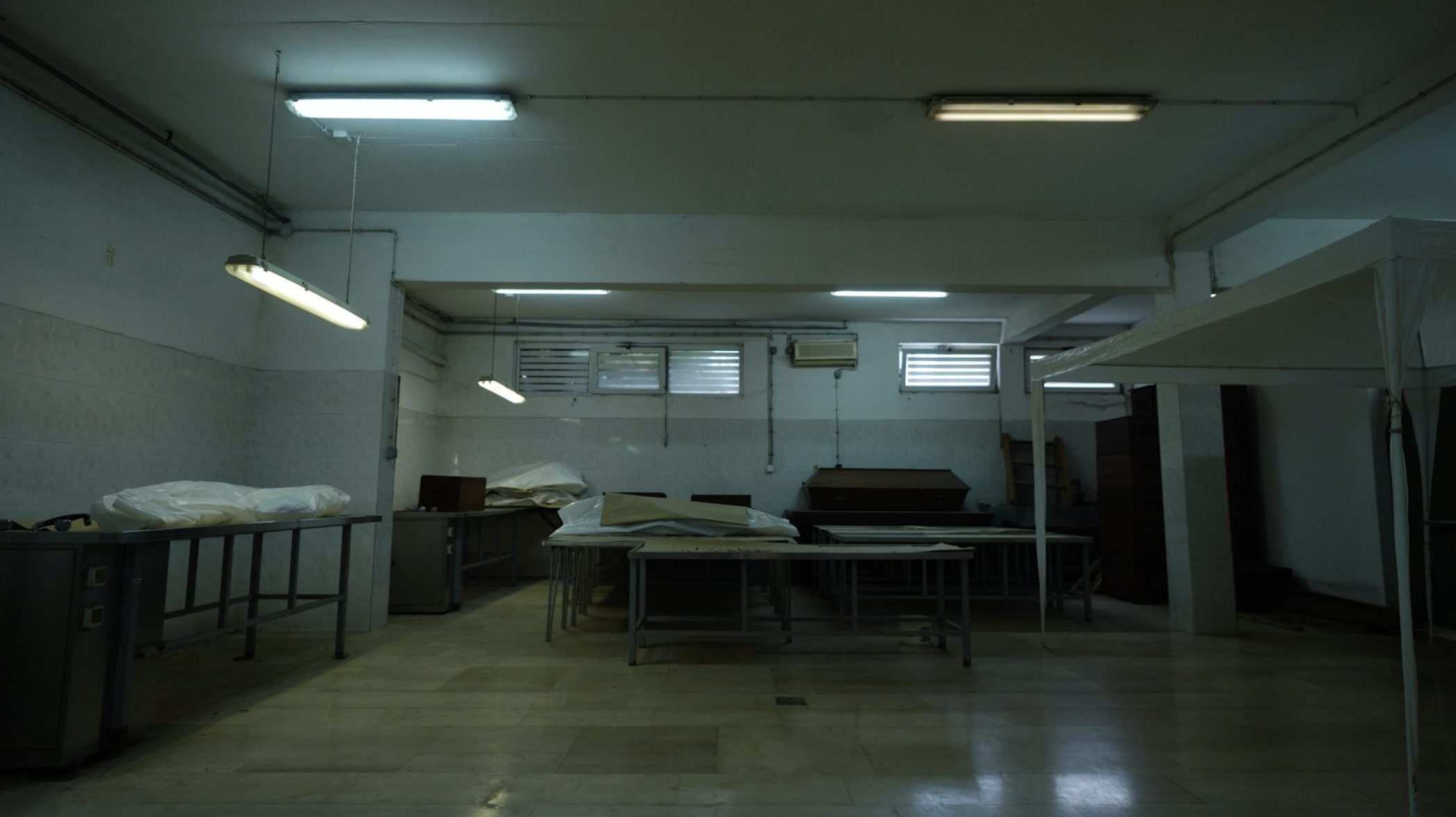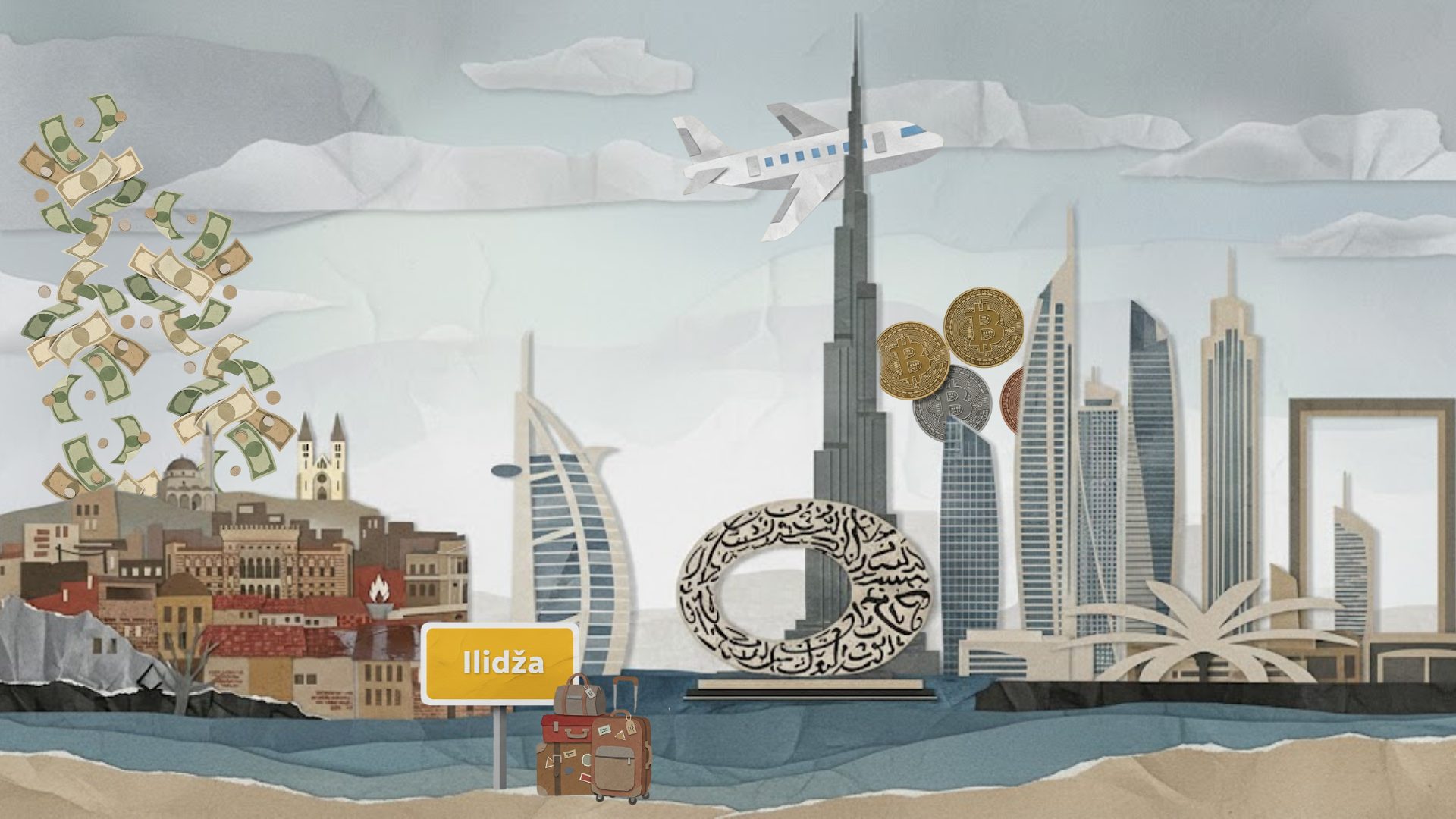This post is also available in: Bosnian
Teacher Lejla Samardzic’s house stands midway between the centre of the northwest Bosnian town of Bihac and a nearby camp for migrants – many of whom have become stuck in the area, trying to cross into EU-member Croatia.
“Hundreds of people pass my house every day. They always say hello, someone always greets me, smiles, asks how we are doing, how our dog is doing. That is how we began communicating,” she told BIRN.
“I can see they are no different from any other people,” Samardzic adds.
 The Migration Times. Source: Lenka Sam
The Migration Times. Source: Lenka Sam
A keen photographer, besides snapping her fellow citizens, nature and her dog, taking a walk with her, she began uploading more and more photos of these passing migrants on her Twitter profile.
The series got a name, “The Migration Times”, and attracted followers. It has started to change many people’s opinions about the migrants and refugees clustering in Bihac.
“When the migrant crisis, or what I call ‘The Migration Times’, began in our country, I thought I had to do something for myself, for my own sake, and make a document of this time,” she recalls.
“Then I realized I should perhaps do it for the sake of others more than for my own sake – because the prejudices and generalizations, as well as stigmatization of these people, bother me horribly,” Samardzic adds.
 The Migration Times. Source: Lenka Sam
The Migration Times. Source: Lenka Sam
She has been into photography as a hobby for about 15 years, ever since she was gifted a digital camera.
She says her fellow locals in Bihac did their best for the newcomers at first. They “organized, collected help for and accommodated” the migrants when they first began coming to the town.
However, she goes on, “as time passed, they began forgetting that, first and foremost, they are humans, not just migrants, who took an uncertain perilous journey on their way towards a better life.
 The Migration Times. Source: Lenka Sam
The Migration Times. Source: Lenka Sam
“Due to the various stories circulating in public, I wanted to show the other side of the story. I wanted to show that they did not pluck or roast our ducks in the street; they were feeding them. They did not smell because they wanted to; in fact, they washed themselves in the river whatever the weather conditions,” Samardzic says.
She says it is pointless to generalize about refugees and migrants, as each one is an individual.
“Just like here, there is a variety of people among them. Some have manners, others don’t; some are educated, some aren’t. Some are nice, others not. Some are communicative, others are shy. Some cross the roads on the red light and others on the green; there is no way to generalize them,” Samardzic says.
Her photographs, which she has since exhibited at solo and joint exhibitions, mostly depict her fellow citizens, the river Una and the nature surrounding it, as well as animals. Migrants whom she meets and takes pictures of have all agreed to be photographed. Some want their picture taken.
“Several of them asked me to photograph them and send them the photos on Instagram. Most of my photos were taken in the streets, spontaneously, in a moment. They show respect and kindness towards me. Only two of them told me politely not to take their photos, and I respected their wish,” Samardzic says.
 The Migration Times. Source: Lenka Sam
The Migration Times. Source: Lenka Sam
One way to start a conversation with migrants is by asking them what they are singing about, Samardzic observes.
“I usually ask them where they are from, what the songs they are singing are about, what they dream about and what they miss the most from their home countries.
“I ask them about the weather, whether they need anything, about their attempts to cross the Croatian border. They ask me about my dog. Some of them want to be photographed with the dog,” Samardzic says.
One migrant, from Pakistan, told Lejla that a friend from Bosnia had had gifted him a camera and that photography was his hobby, too. “He carried a camera with him. I did not know if he was a tourist, a migrant or a journalist,” Samardzic says.
Migrants often speak to her about their difficult journey to Bosnia and Herzegovina.
“One told me that, while running away from the Turkish army on Mt Ararat, he saw a white wolf and white fox,” Samardzic recalls.
Some migrants contact her when they see her photographs. One of them, from Pakistan, contacted her to let her know that he had arrived in Spain after travelling from Bihac for six weeks.
“I did not even meet him here – but he saw my photographs and got in touch,” Samardzic remarks.
You can follow her stories and photographs on Twitter @Mrs_Lenka_Sam.



